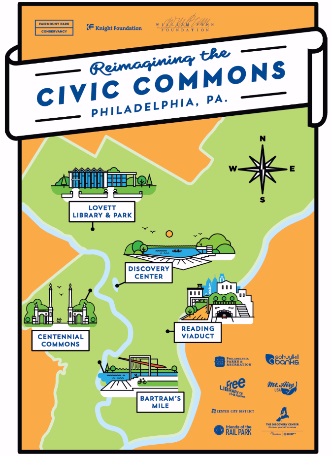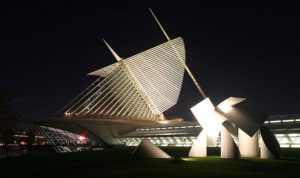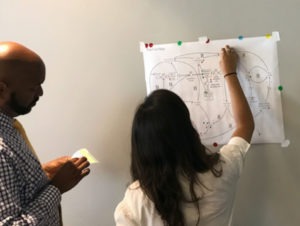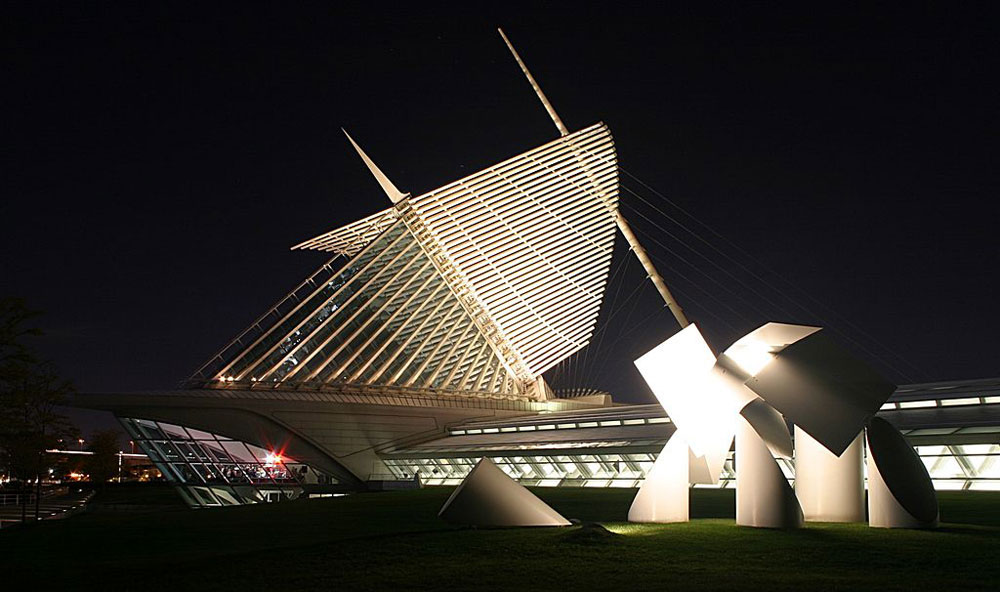
March 16, 2015; Philadelphia Inquirer
The question being asked by the William Penn Foundation and the John S. and James L. Knight Foundation is this: “Can civic places, including libraries, parks, trails, plazas and community centers, be reimagined to make cities more successful?”
The answer may begin to materialize over the next few years, thanks to an $11 million investment announced earlier this week by the two foundations to support five distinct projects in Philadelphia. As described on the William Penn Foundation website, “The initiative will explore whether reinventing and connecting these public spaces as a network of civic assets will help cities attract and keep talented workers, advance economic opportunity, encourage residents to become more engaged in shaping their communities, and begin to level the playing field between more affluent communities and those in need.”
Sign up for our free newsletters
Subscribe to NPQ's newsletters to have our top stories delivered directly to your inbox.
By signing up, you agree to our privacy policy and terms of use, and to receive messages from NPQ and our partners.
Each project is in a different part of the city, and according to Knight Foundation vice president Carol Coletta, the hope is that each will become a “civic commons” for its neighborhood. Both foundations saw an opportunity to strengthen poorer neighborhoods that have been bypassed by the city’s construction boom; in some cases, the projects will quite intentionally link underserved communities with their more affluent neighbors, hopefully building bridges across physical or perceived barriers.
The combined grant for “Reimagining the Civic Commons” has been made to the Fairmount Park Conservancy, which will lead the implementation effort across the five projects and, importantly, will play a role in measuring the impact of the overall initiative. The Conservancy is a nonprofit that has become a clearinghouse for private donations to the city’s parks.
The William Penn Foundation has long been the leading force in creating new parks in Philadelphia, investing about $13 million each year in projects such as Franklin Square, Sister Cities Park, the Race Street Pier and last summer’s Spruce Street Harbor Park, a wildly successful “pop-up” space along the Delaware River. As noted earlier this week in Lisa Ranghelli’s NPQ article on the role foundations can play in advancing equity, the William Penn Foundation does emphasize grants that support underserved communities in several of its funding streams, including its “great public spaces” initiative. Philadelphia is one of the cities served by the Knight Foundation, and the two funders saw an opportunity to collaborate on the initiative.
Each of the projects is considered “shovel ready,” meaning most of the necessary construction funds have now been raised and the work can begin soon and be completed within the next two years. Here is a brief description of each:
- Bartram’s Mile, a new mile-long segment of the Schuylkill Banks trail that will start at Bartram’s Garden and wind through brownfields and housing projects, giving residents to an outlying neighborhood in Southwest Philadelphia better access to the riverfront with a $250,000 investment. As noted, this may not be the “logical” next part of the trail to develop, but the opportunity to invest in this area of the city made it a fit for the initiative.
- Centennial Commons, a $6 million development in the city’s Parkside neighborhood, billed as an innovative playground for preteens. The park will sprawl across the lawn between the Please Touch Museum and the School of the Future and will feature a climbing wall, a mini-mountain range and a spray park that turns into a winding ice-skating track in winter.
- The Discovery Center in East Fairmount Park is a $1 million investment to help Audubon and Outward Bound offer a leadership development and environmental stewardship program for young people with a nature-based curriculum.
- Lovett Memorial Library and Lovett Park in Mount Airy will both be refurbished, for $1.75 million. This project was chosen because it straddles the neighborhood’s prosperous west side and its less affluent east side.
- Reading Viaduct Rail Park in Center City is a former industrial rail line being redeveloped as a green public space, rising from ground level onto bridges that cross over city streets. The $1 million investment will support the initial phase of work, which covers a critical quarter mile of what may eventually be a three-mile park, with similarities to New York’s High Line.
Again, going back to the William Penn website, the joint investment is described as an opportunity to “capitalize on Philadelphia’s strengths including: a large pool of new talent, rebounding neighborhoods, a diverse population, an expanding community of civic innovators, and a growing group of people who want to live and work in the city.” Fairmount Park Conservancy executive director Kathryn Ott Lovell says, “Philadelphia is serving as a test kitchen,” underscoring the interest the two foundations have in learning as much as they can about the impact of innovative public spaces on the life of a city. –Eileen Cunniffe











